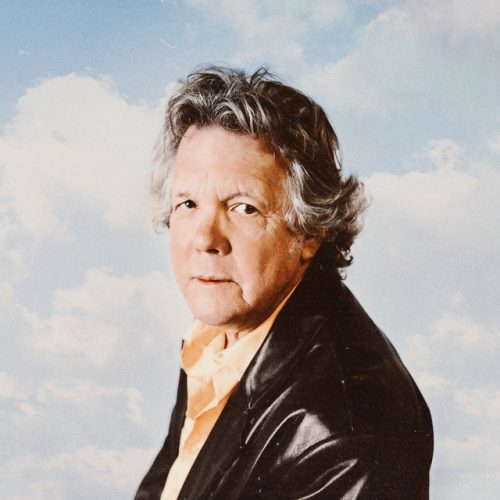Steve Forbert hit the New York City scene just as I was finishing high school.
Although originally from Mississippi, he felt like one of us Jersey guys. That he ended up living for many years at the Jersey Shore confirmed it.
For those new to this, we’re looking at retrospective in a unique way – searching for the artist’s peak. Not the most popular song, something harder. Something we might think of as the Platonic peak. A song that conveys the essence of their good. Won’t reasonable people disagree? Let’s hope so.
In those days, Steve Forbert was one of many to bear the New-Dylan label. And in all honesty, he wore it best. His first two albums – Alive on Arrival and Jackrabbit Slim – are – for anybody’s money – a double shot out of the box that any singer-song writer/folk rocker would kill for, including – dare I say it – Dylan.
Every song on those records is better than the best song on many folk rock albums. Some put Forbert on the one-hit wonder list for “Romeo’s Tune.”
At first, this pissed me off. But then I realized that Ricky Lee Jones, Nick Lowe, and Warren Zevon are also on that list. And I swear, my station — WPIX-FM in New York — played in constant rotation “Going Down to Laurel,” “Say Goodbye to Little Joe,” “Make It All So Real,” and several more.
Nobody, and I mean nobody, in the folk rock drama had so many good songs. How were they not hits?
When I got to college, we anxiously awaited Forbert’s third record, Little Stevie Orbit. Looking back, it was the perfect prelude to the 80’s, sonically, lyrically, and as social commentary. But we were disappointed. It wasn’t exactly Dylan going electric. It was Steve revealing everything he had to give. We weren’t ready. The blow still stings, as Forbert wrote in his autobiography, wishing he had done it differently. But it was perfect in its way.
On his eponymous fourth record, he was maybe too cautious, though still, it has some great songs. “He’s Got to Live Up to His Shoes” is perhaps the greatest pressure to live up to yourself song ever written.
Then, Columbia Records inexplicably refused to release Steve’s fifth album. The dispute took years to resolve. But when it was over, Forbert release a trio of albums over an eight-year span that were, to put it plainly, great records. Streets of This Town, The American in Me, and Mission of the Palms were folk rock at its best. And had they not come in the shadow of those first two records, they might be appreciated for what they are.
After that, Steve’s records were up and down. But whose aren’t? I love Everygreen Boy (2000); Just Like There’s Nothing to It (2004); The Magic Tree (2018); and Forbert’s current record Daylight Savings Time.
Finding the peak for an artist who has produced so much quality work for so long is challenging. And “Romeo’s Tune” holds up until this day. I’ve seen Steve play live many times, and some fool always shouts for it. Steve smiles and says “don’t worry brother, I always play it.”
But Forbert wrote “Romeo’s Tune” before he even left Mississippi. And many later songs capture the essence of a Steve Forbert song so much better. That place where true love, heartbreak, and truth join hands.
“Make it All So Real,” “I Blinked Once,” “It Is What It Is (And That’s All),” “What It Is Is a Dream,” “The Magic Tree,” and even “What’s a Dog Thinks” are all contenders.
But I’m going with “There’s Everybody Else (And Then There’s You)” from Just Like There’s Nothing to It.
Over a heart-breaking acoustic guitar there’s a love song or a self-examination or maybe, just maybe, an intervention revealing the truth by showing you exactly what it isn’t. When this song came out, I’d spend a lot of time thinking about where my life was going. I’d listen to Just Like There’s Nothing to It from start to finish over-and-over again.
Was I listening to peak Steve Forbert? People would say I’m crazy to compare this mid-career song to his early work. But I’ll take that criticism.







